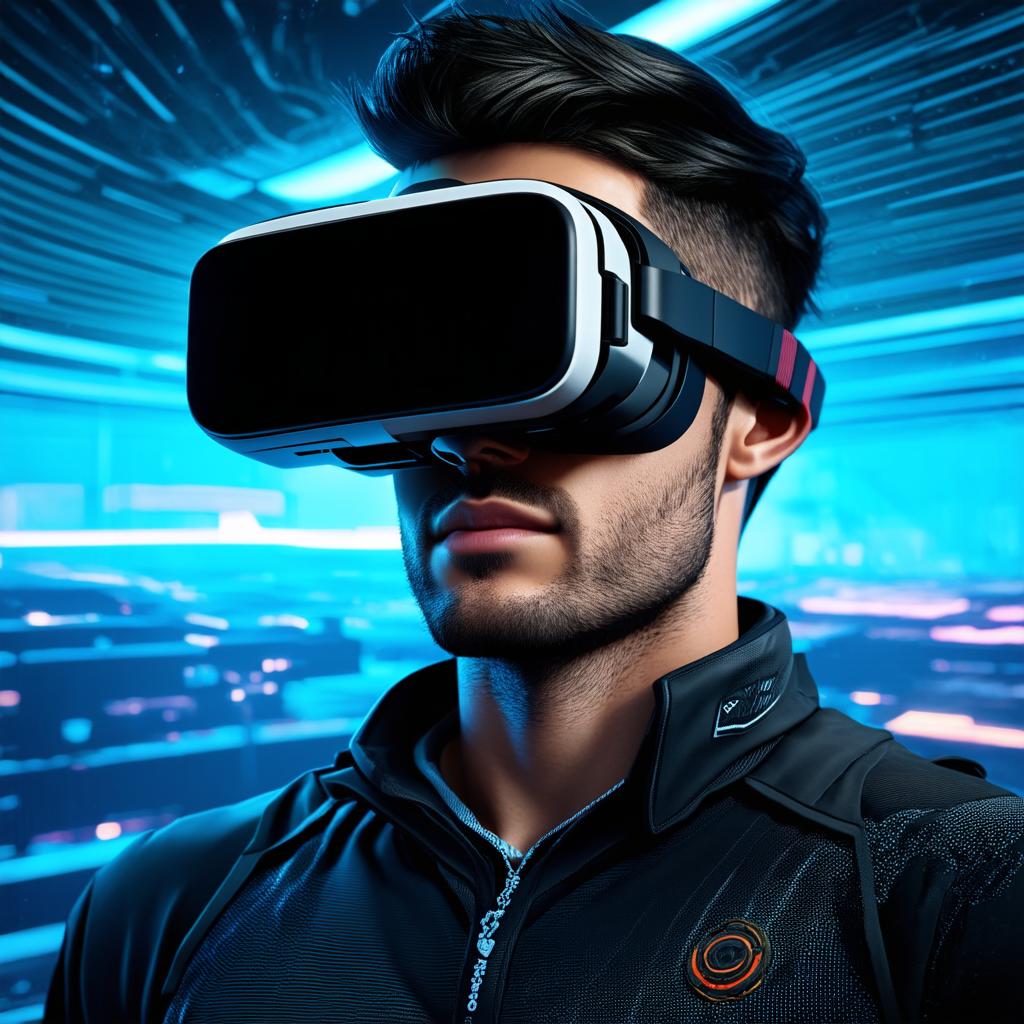Virtual reality (VR) is a technology that allows users to experience a simulated environment as if they were actually there. This immersive experience is created using computer-generated graphics, sound, and motion tracking devices.
What is Virtual Reality?

Virtual reality is a computer-generated simulation of a 3D environment that can be interacted with in a seemingly real way. It typically involves wearing a headset or goggles that track the user’s movement and provide a realistic view of the simulated environment. Other sensors, such as motion controllers, can be used to track the user’s hand and body movements, allowing them to interact with virtual objects in a more natural way.
Applications of Virtual Reality
- Gaming: VR gaming allows users to experience immersive and interactive games in a fully simulated environment.
- Training and simulation: VR can be used to train people for real-world tasks, such as surgery or flying a plane, without the risk of injury or damage to equipment.
- Education: Virtual reality can provide an engaging and interactive way to learn about history, science, and other subjects.
- Therapy: Virtual reality can be used in therapy to treat conditions such as anxiety, depression, and PTSD by exposing patients to controlled environments that simulate real-world situations.
- Tourism: VR can allow people to explore and experience distant locations without having to leave their homes.
How Virtual Reality Works
Virtual reality works by creating a 360-degree environment that is displayed on the user’s headset or goggles. This environment is typically created using computer-generated graphics, sound, and motion tracking devices. The motion tracking devices track the user’s movement and adjust the virtual environment accordingly, providing a seamless and immersive experience.
To interact with virtual objects, the user wears motion controllers that track their hand and body movements. This allows them to pick up and manipulate virtual objects in a way that feels natural. The sound system also plays an important role in creating a fully immersive experience by providing spatial audio that enhances the user’s sense of presence.
Summary
Virtual reality is a rapidly evolving technology with countless applications across various industries. It provides a unique and engaging way to experience simulated environments, and its potential for education, training, and therapy makes it an exciting area of research and development. As virtual reality continues to advance, we can expect to see even more innovative uses and applications in the future.
